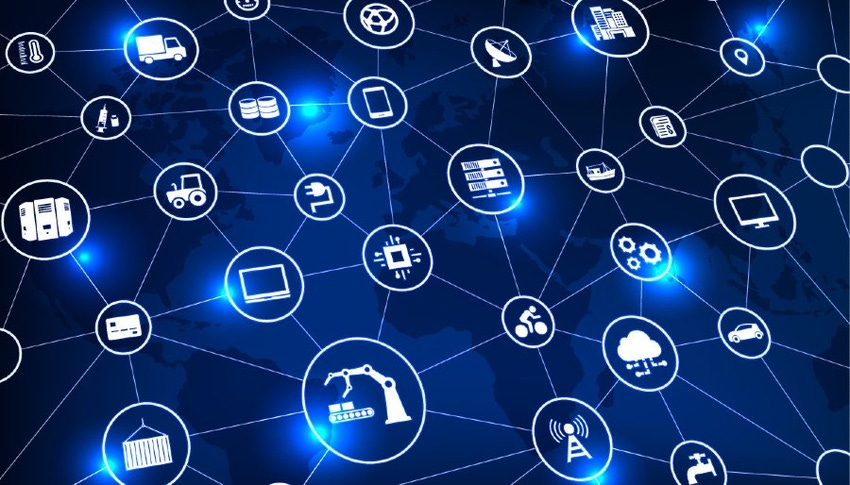Everything Is Connected, So Why Is It All Still Dumb?
IoT devices don't do anything unless you connect them to a cloud application.
February 16, 2021

By Stephen DiFranco

Stephen DiFranco
**Editor’s Note: This is the first in a series by Stephen DiFranco and other IoT experts as Channel Futures increases its coverage of this increasingly important technology and its impact on the channel.**
The internet of things (IoT) revolution is driven by a mix of low-cost sensors, easy-to-use connectivity and a new generation of smart applications. It is happening fast. It took 30 years for the first 20 billion devices to be networked. Over the last five years, 20 billion more IoT devices were connected in our homes, businesses, cities and across our infrastructure. We speak to our TV remotes. We are connected to our doorbells, sprinklers and home security systems. Our workout bikes are networked. We can even turn on the seat warmers in our electric cars from our phones. George Jetson — we are almost there!
But how close are we? Our smart devices are not yet very intelligent. The sensors in your thermostat collect data, but the device does not infer any learning about how to heat your home. That happens in a cloud-based application. Every message to the cloud, and every compute cycle in the cloud, creates costs and increases latency. Industrial IoT deployments are stalled because of the unnecessary expense of sending millions of sensor messages, computing in distant clouds, then sending results back without making the endpoint any smarter. The cycle continues.
For IoT to be a broadly used, sensing and inference must be immediate, latency near zero and training updated effortlessly. We need AI@theEdge.
AI@theEdge
Most IoT devices have the sole task of sensing one wake word or limited sensor readings. Your Alexa only understands one command: “Hey, Alexa.” Everything else it does is a cloud-based natural language processing inference engine using models trained with millions of examples of words and phrases.
AI models must be trained. They must learn what one input means versus others. In the case of conditional monitoring of a motor, a model must be trained on the optimal heat and vibration parameters of that motor under its specific stress. That is done by monitoring and capturing heat and vibration reading over time — often for a week, sometimes for a month. The model “learns” when that motor is operating correctly so it can infer when it is not.
Channel Partners Virtual is back, March 2-4! Hear from Stephen DiFranco and other top industry speakers on our virtual stage. Let our top-notch content help you boost your business in 2021. Register now! |
Finally, once a model is trained, the inference can run in an edge server or even in the device. Both are considered AI@theEdge. This eliminates the need to run sensor data up the cloud, reduces latency and cuts total operational costs.
Which Partners Are Best Equipped to Create an IoT Practice?
Partners with on-site integration and networking practices are great candidates for AI@theEdge. Manufacturing customers are looking for ways to run their operations with condition monitoring to reduce maintenance costs and eliminate downtime. Cities and towns need to upgrade their traffic management systems using camera vision servers. Malls and schools will be installing local presence awareness with AI-powered camera-vision. These are examples of AI@theEdge.
Start Now. Why Wait?
Twenty billion IoT devices connected in five years is not a trend — it’s a revolution. The future for partners is not only connecting PCs to networks or building hybrid data centers, it’s understanding the new generation of client computing. It’s time to start your AI@theEdge practice.
Stephen DiFranco is the principal of IoT Advisory Group, a strategy firm that guides companies of all sizes as they create, build, acquire and transact IoT business units. He has more than 30 years of experience building businesses for technology companies, ranging from startups to Fortune 100 brands. Stephen served as senior VP of the IoT business unit at Broadcom, a Fortune 500 tech engineering company. He then led the $550 million sale of this unit to Cypress, a creator of IoT wearable and smart home devices. Keep up with Stephen on LinkedIn.
You May Also Like
